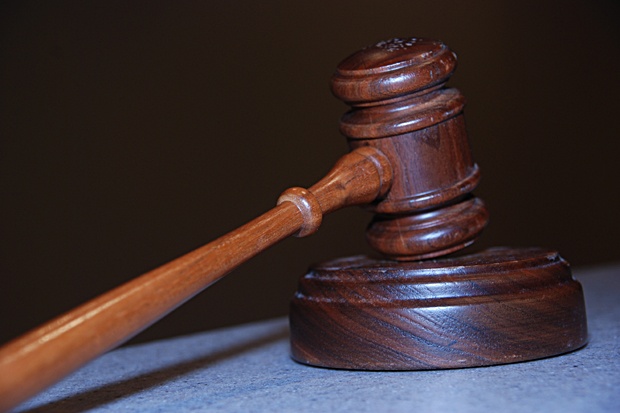Do’s and Don’ts of Text Message Discovery
Discovery requests of the past had little reason to include text messages as a form of evidence. Emails were the primary concern since they held the bulk (if not all) of business communications. Finding relevant corporate emails was rather simple. Corporate servers stored the data, regardless of how the email was sent or received (via mobile device or work computer). Consequently, companies were able to locate ESI without the assistance of forensic experts. As text messages became the preferred method for informal communications, their usage in the business world also grew. [1] In 2015, research showed that 80% of professionals conducted business communications through texts. This percentage has likely skyrocketed in recent years due to the shift to remote work during the pandemic. Today, some industry experts refer to texts as the new email, citing them as the main source of relevant information. Litigants, however, must remember that phone carriers aren’t obligated to permanently preserve message records. Unless subpoenaed, they may refuse to participate in discovery investigations. Instead of depending on carriers, text messages must be preserved and obtained from the device itself. [2]
Text Message Spoliation Sanctions
- Stinson v. New York City: The plaintiffs in this suit alleged that the NYPD was issuing summonses without probable cause. The court imposed an adverse inference sanction against New York City for failing to preserve and collect relevant text evidence.
- Timms v. LZM, LLC: Plaintiff Heather Timms sued her employer for failing to compensate her overtime hours, but she removed text messages and a messaging app before submitting her cell phone as evidence. Consequently, attorney fees were issued, and the case was terminated.
- First Fin. Sec. Inc. v. Lee: FFS, an insurance broker, requested the production of all written communication after the defendants violated their contract by sharing company information after termination. After failing to produce text message evidence, the Court arranged attorney fees and an adverse inference sanction against the defendant. [3]
Text Message Do’s
- Develop policies about business messaging. Some companies may go as far as banning all employees from discussing work affairs over text. Others companies may impose regulations on who and how work messages are sent. If your company permits any kind of text-based business communications, set up retention policies and collection plans. Through the policies, ensure that the data is preserved if needed for litigation.
- Once your retention policies are established, consistently enforce them. Update your employees on any changes that the policies undergo. Poorly enforced policies are no better (and sometimes worse) than having no policy at all.
- Train employees on how to appropriately send work texts. Also, inform them of the risks associated with deleting potentially relevant information.
- Issue litigation holds when anticipating litigation. In the litigation hold letter, remind employees to disable any automated deletion features. Companies should also specify if message preservation is required for company devices, personal devices, or both. [4]
Text Message Don’ts
- Rely on screenshots alone as a way to create records. Text messages can be easily manipulated, so screenshots are not enough to validate their authenticity. Find additional means of proof such as witness or expert testimony. As a better alternative, companies can find a discovery solution to produce the evidence through native or near-native files.
- Rely on phone carriers to preserve the messages. As stated above, carriers will only store the data for short periods of time. Take ownership of your preservation duties by establishing retention policies in advance.
- Delete messages or conversation histories when anticipating litigation.
- Manually preserve text messages by copying and pasting them into other sources. Manual efforts include forwarding text messages to email and exporting texts to Excel files. These methods are time-consuming and harder to authenticate in court. [5]
[1] Nicole Allen, “Text Messages: Preservation Lessons for Mobile E-discovery,” LitSmart E-Discovery, December 20, 2017.
[2] Bill Kammer, “In eDiscovery, Texts are the New Email,” SDCBA Blawg 401, January 7, 2020.
[3] Zac Muir, “Failure to Produce Text Messages in eDiscovery,” Microfocus, October 16, 2012.
[4] Anthony J. Diana, Catherine Bernard, and Therese Craparo, “Managing The Risks And Costs Of Text Messaging (Electronic Discovery & Records Management – Tip Of The Month),” April 3, 2013.
[5] “How Federal Agencies Can Capture Text Messages for E-Discovery,” February 4, 2021.






